Moments in history when scientists got it wrong
Science is a journey paved with discoveries, but not every step leads to enlightenment. Along the way, we’ve stumbled upon ideas that seemed plausible but have since been debunked. These scientific blunders, though misguided, offer a fascinating glimpse into humanity’s quest for knowledge. They remind us that science is as much about learning from mistakes as it is about finding truths, and they provide a humorous backdrop to the history of human curiosity.
The Flat Earth Theory: A World Turned Upside Down
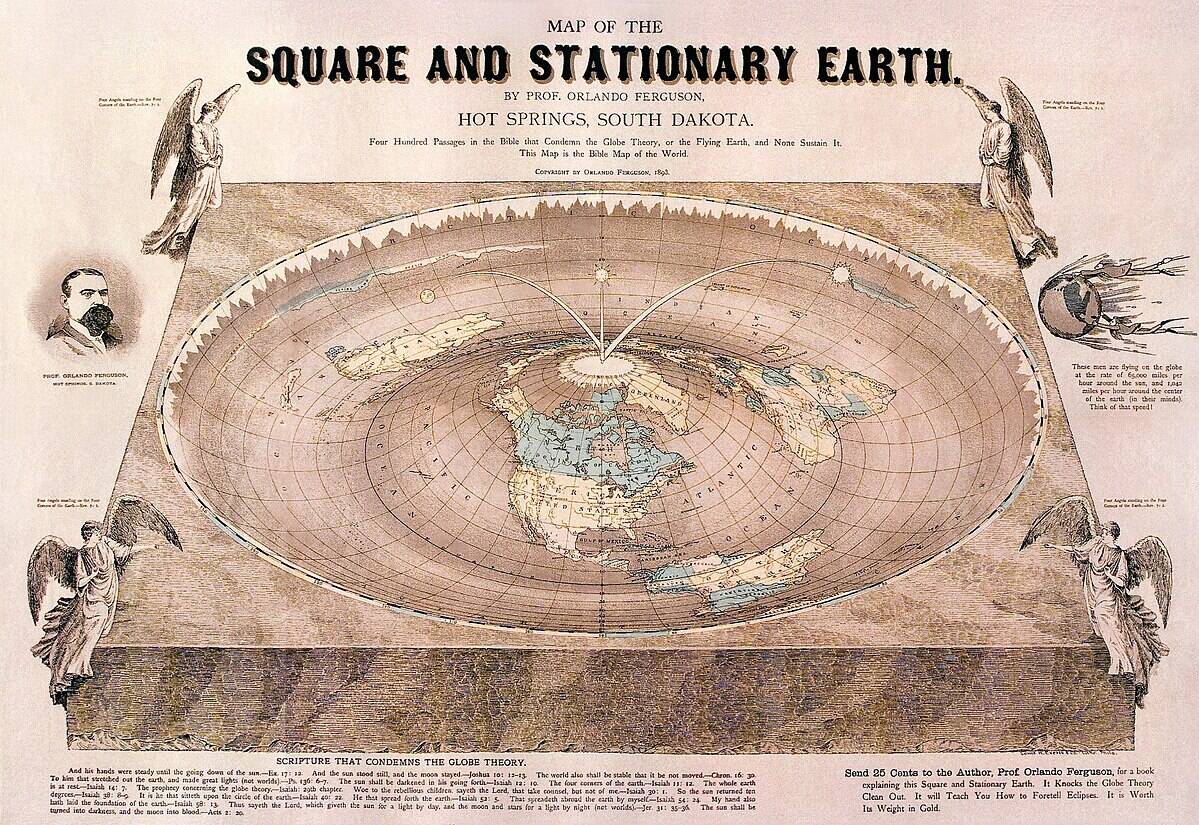
Once a widely held belief, the idea of a flat Earth seems laughable today. The ancient Greeks, like Pythagoras, already suspected Earth’s roundness, and Eratosthenes even calculated its circumference in 240 BC. Despite this, the Flat Earth theory persisted for centuries. Today, with satellite imagery and circumnavigation, we can confidently say the Earth is round, though flat Earth societies continue to exist, proving that some myths have staying power.
Phrenology: Reading Minds Through Bumps on the Head

Phrenology, a curious pseudoscience of the 19th century, claimed that the bumps on a person’s skull could reveal their personality traits and mental capacity. Founded by Franz Joseph Gall, it enjoyed popularity for a while, influencing even Charles Darwin. However, modern neuroscience debunked it, showing that the brain’s functions are not so simply tied to skull shape. Phrenology remains a quirky reminder of our attempts to understand the human mind.
The Geocentric Model: Earth at the Center of the Universe
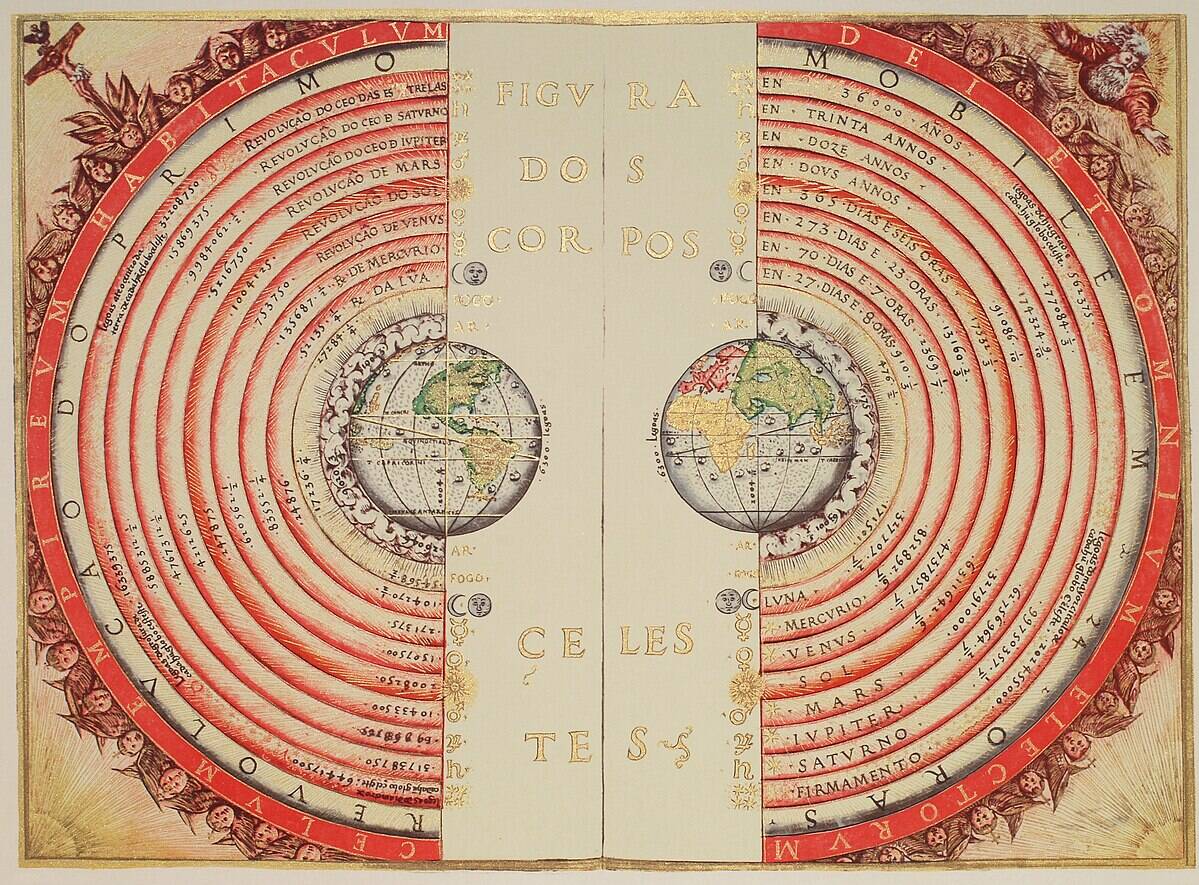
The geocentric model, with Earth at the universe’s center, dominated for centuries thanks to the likes of Ptolemy. This view was upended by Copernicus’s heliocentric model in the 16th century, which placed the Sun at the center. Galileo’s telescopic observations further supported this shift, despite initial resistance. Today, we understand our solar system’s structure, with Earth orbiting the Sun, highlighting how scientific progress often overturns established norms.
Spontaneous Generation: Life from Non-Life
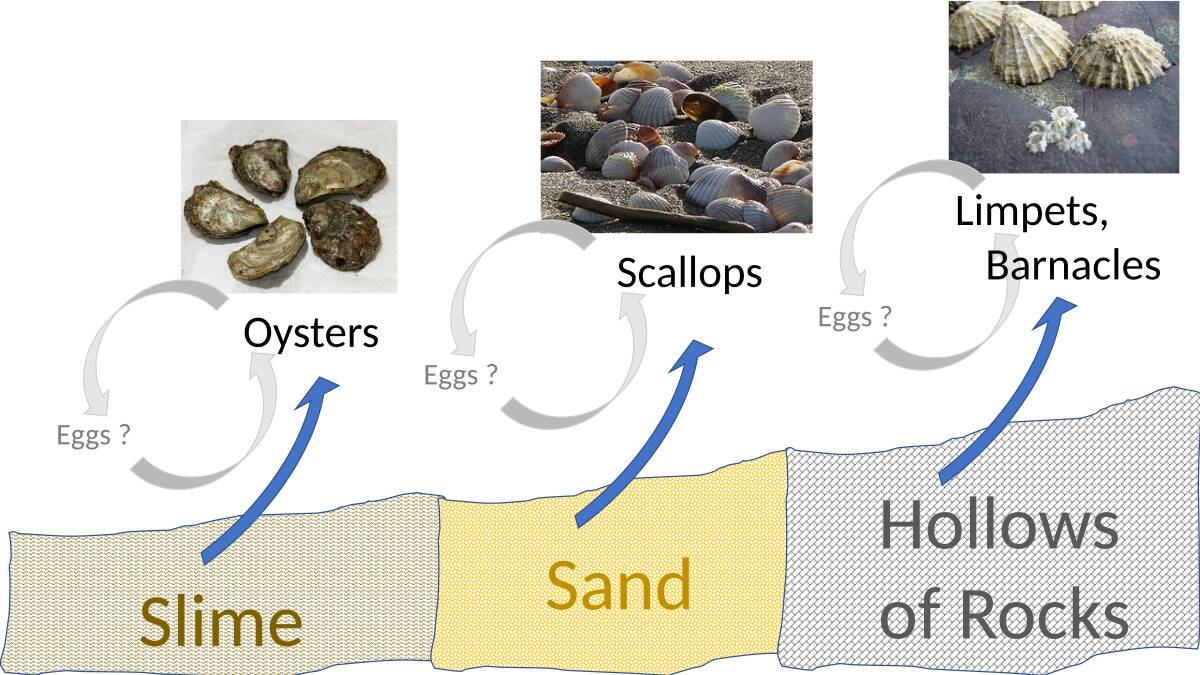
For centuries, people believed in spontaneous generation—the idea that life could arise from non-living matter. Aristotle endorsed this theory, which seemed to explain the sudden appearance of maggots or mice. The theory was debunked by experiments from Francesco Redi and later Louis Pasteur, who demonstrated that life comes from existing life. Pasteur’s work laid the groundwork for modern microbiology, illustrating how disproven theories can lead to scientific advancement.
The Luminiferous Aether: Chasing an Invisible Medium

The luminiferous aether was once thought necessary for light to travel through space, akin to how sound waves travel through air. This concept was supported by many scientists, including James Clerk Maxwell. However, the Michelson-Morley experiment in 1887 failed to detect this aether, paving the way for Einstein’s theory of relativity. The aether’s demise marked a pivotal moment in physics, shifting our understanding of light and motion in the universe.
Alchemy: The Quest for the Philosopher’s Stone

Alchemy, an ancient practice, sought to transform base metals into gold and discover the elixir of life. While alchemists, like Isaac Newton, made genuine chemical discoveries, their primary goals were never realized. The quest for the mythical Philosopher’s Stone is now seen as a fanciful endeavor. However, alchemy’s influence on the development of modern chemistry is undeniable, showcasing how even misguided pursuits can contribute to scientific progress.
The Martian Canals: Seeing Things That Aren’t There
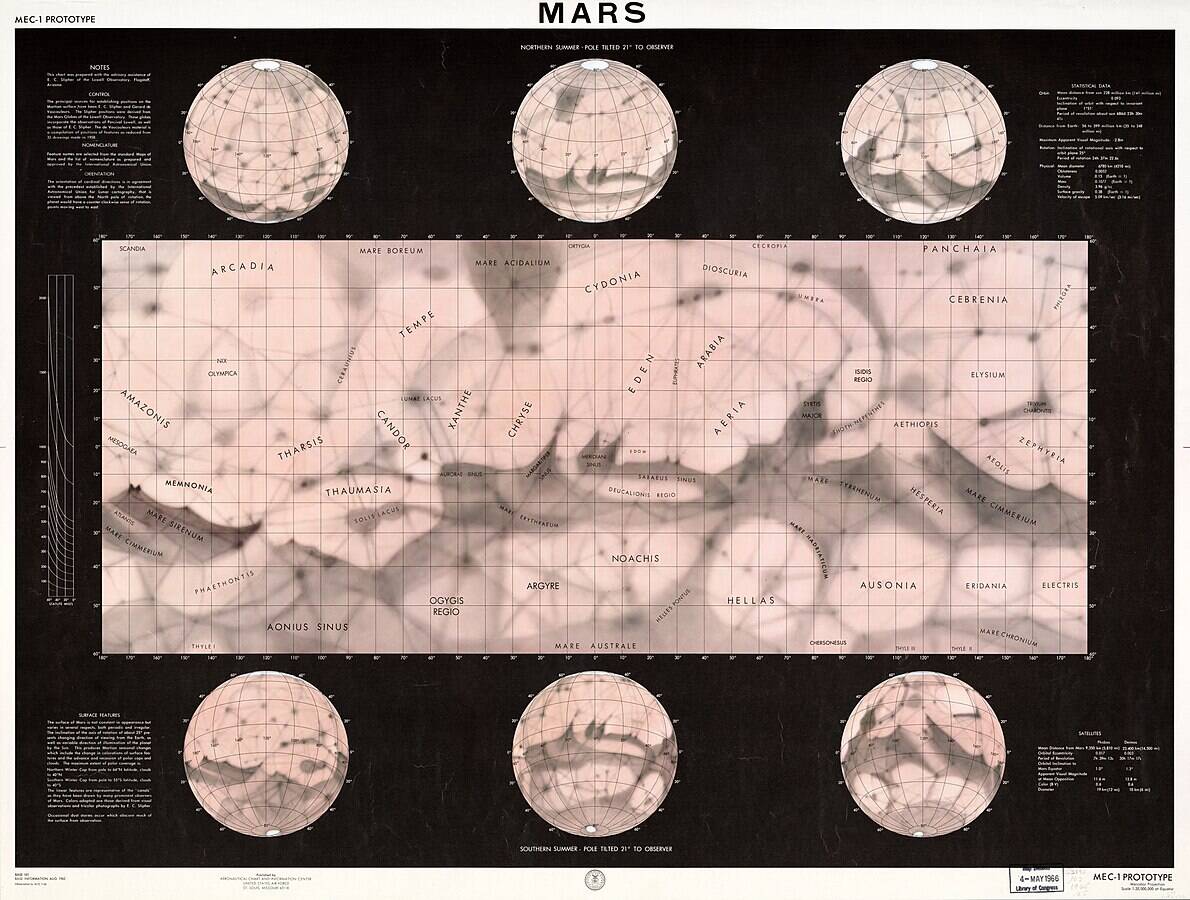
In the late 19th century, astronomer Percival Lowell popularized the idea of Martian canals, claiming they were evidence of an intelligent civilization. This notion captured the public’s imagination, inspiring science fiction and speculation about life on Mars. However, better telescopes and space missions revealed these “canals” were optical illusions. While the canals turned out to be nonexistent, they sparked interest in space exploration and the search for extraterrestrial life.
Piltdown Man: The Great Paleoanthropological Hoax
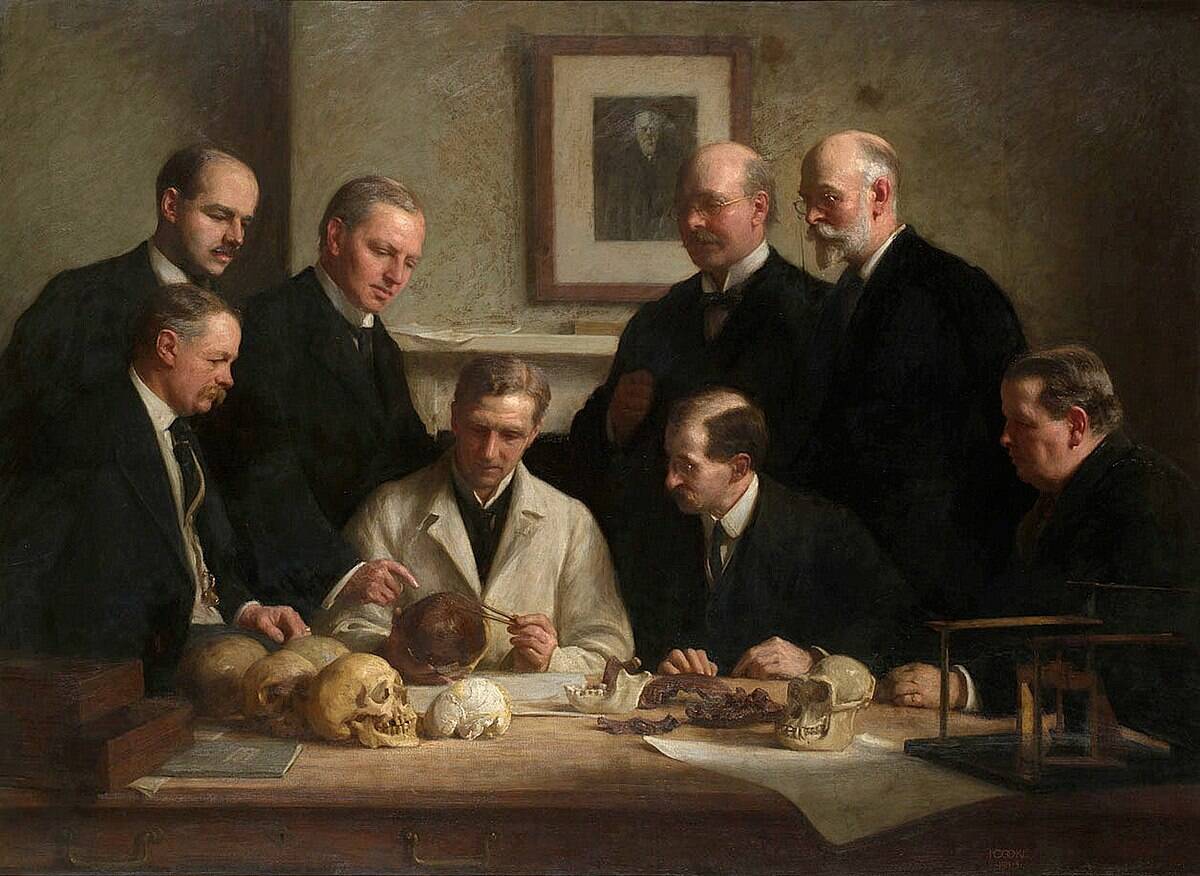
The Piltdown Man was introduced in 1912 as a missing link between apes and humans, discovered in England. It was later exposed as a hoax in 1953, combining a human skull with an orangutan’s jaw. The hoax misled scientists for decades, skewing research and theories on human evolution. Despite its deception, the Piltdown Man scandal underscored the importance of skepticism and rigorous testing in scientific inquiry, lessons that endure in modern paleontology.
Cold Fusion: A Hot Mess in the Lab

In 1989, scientists Stanley Pons and Martin Fleischmann announced they had achieved cold fusion, a process claiming to produce nuclear energy at room temperature. The scientific community was abuzz, but subsequent experiments failed to replicate their results. Cold fusion remains controversial, with some researchers still pursuing it. The episode exemplifies how scientific breakthroughs require repeatability and peer validation, ensuring that claims can withstand scrutiny and contribute to reliable knowledge.
The Steady State Theory: The Eternal Universe
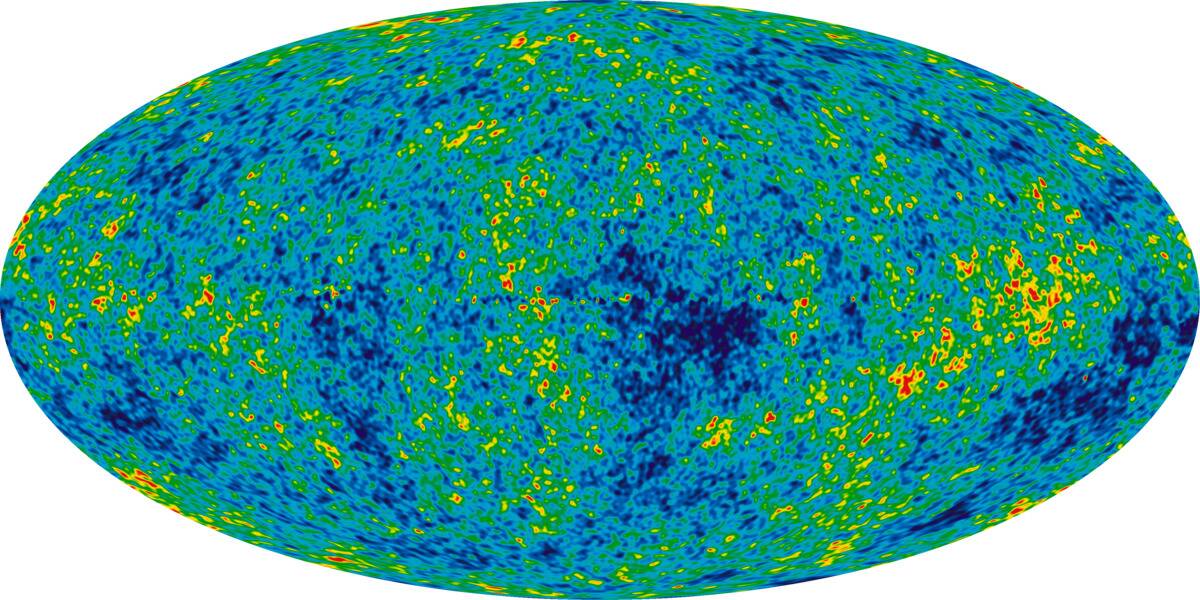
The steady state theory, proposed by Fred Hoyle and others, suggested that the universe has always existed in a constant state, without a beginning or end. This view was challenged by the Big Bang theory, supported by cosmic microwave background radiation discovery. While the steady state theory has fallen out of favor, it played a role in advancing cosmological debates and encouraged scientists to explore the universe’s origins, leading to deeper insights about our cosmos.
The Four Humors: Balancing Bodily Fluids

The four humors theory, rooted in ancient Greek medicine, posited that human health depended on balancing four bodily fluids: blood, phlegm, yellow bile, and black bile. Hippocrates and Galen popularized this idea, which influenced medical practices for centuries. However, modern medicine has since debunked the theory, with advances in biology and anatomy revealing the complexities of human physiology. The four humors remain a historical curiosity, highlighting the evolution of medical understanding.
N-Rays: Discovering What Doesn’t Exist
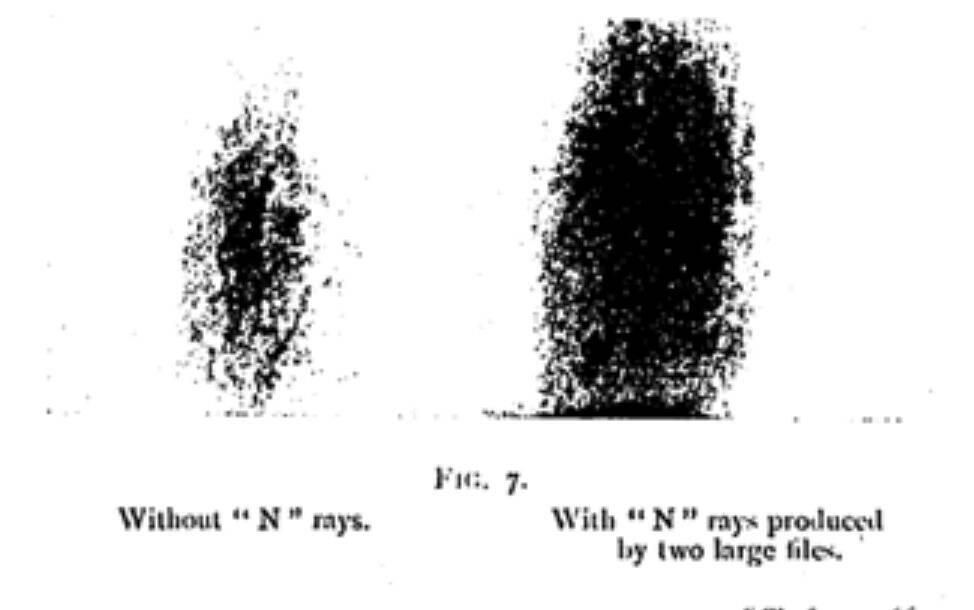
N-rays, purportedly discovered by French physicist Prosper-René Blondlot in 1903, were thought to be a new form of radiation. Many scientists initially reported observing them, but American physicist Robert Wood exposed them as nonexistent in 1904. His controlled experiments showed that N-rays were a product of wishful thinking and experimental error. The N-ray episode serves as a cautionary tale of the importance of skepticism and rigorous methodology in scientific research.
The Expanding Earth Theory: A Growing Controversy

The expanding Earth theory posited that the planet was increasing in volume, causing continents to drift apart. Proposed by Roberto Mantovani and others, it gained some popularity in the early 20th century. However, the theory has been overshadowed by plate tectonics, which provides a comprehensive explanation for continental drift and Earth’s geological activity. The expanding Earth theory illustrates how scientific theories evolve and are refined as new evidence emerges, leading to more accurate models.
Nervous Fluid: The Imaginary Nerve Juice

Nervous fluid, or animal spirits, was once believed to transmit signals through nerves, akin to a hydraulic system. This idea, popular in the 17th and 18th centuries, was championed by René Descartes and others. With the advent of modern neuroscience, we now know that nerves transmit signals electrically, not through a fluid. The nervous fluid concept reflects humanity’s early attempts to understand the nervous system, paving the way for the sophisticated knowledge we have today.
The Hollow Earth Theory: A Whole New World Inside
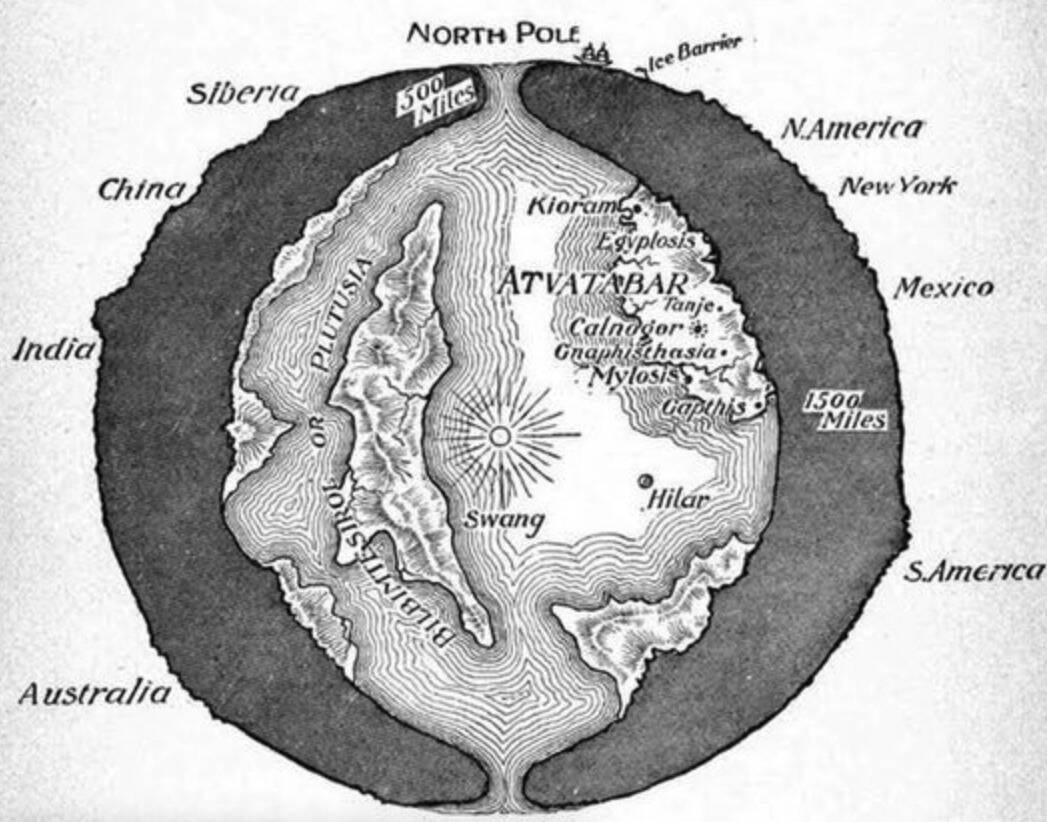
The Hollow Earth theory proposed that our planet is hollow and possibly inhabited by advanced civilizations. This idea intrigued many, including Edmund Halley and John Cleves Symmes Jr. Despite its imaginative allure, modern geology and seismic data confirm Earth’s solid structure, debunking the theory. The Hollow Earth concept remains a staple of science fiction, showcasing the human penchant for exploring fantastical possibilities, even when they defy scientific evidence.
The Phlogiston Theory: Burning Up with the Wrong Idea

The phlogiston theory suggested that a fire-like element, phlogiston, was released during combustion. This idea, popular in the 17th and 18th centuries, was eventually overturned by Antoine Lavoisier’s discovery of oxygen, which explained combustion as a chemical reaction. The phlogiston theory’s demise marked a pivotal moment in chemistry, ushering in the modern understanding of chemical processes. It highlights how challenging established ideas can lead to revolutionary breakthroughs in scientific thought.



